Grit, determination and heart on Mt. Whitney
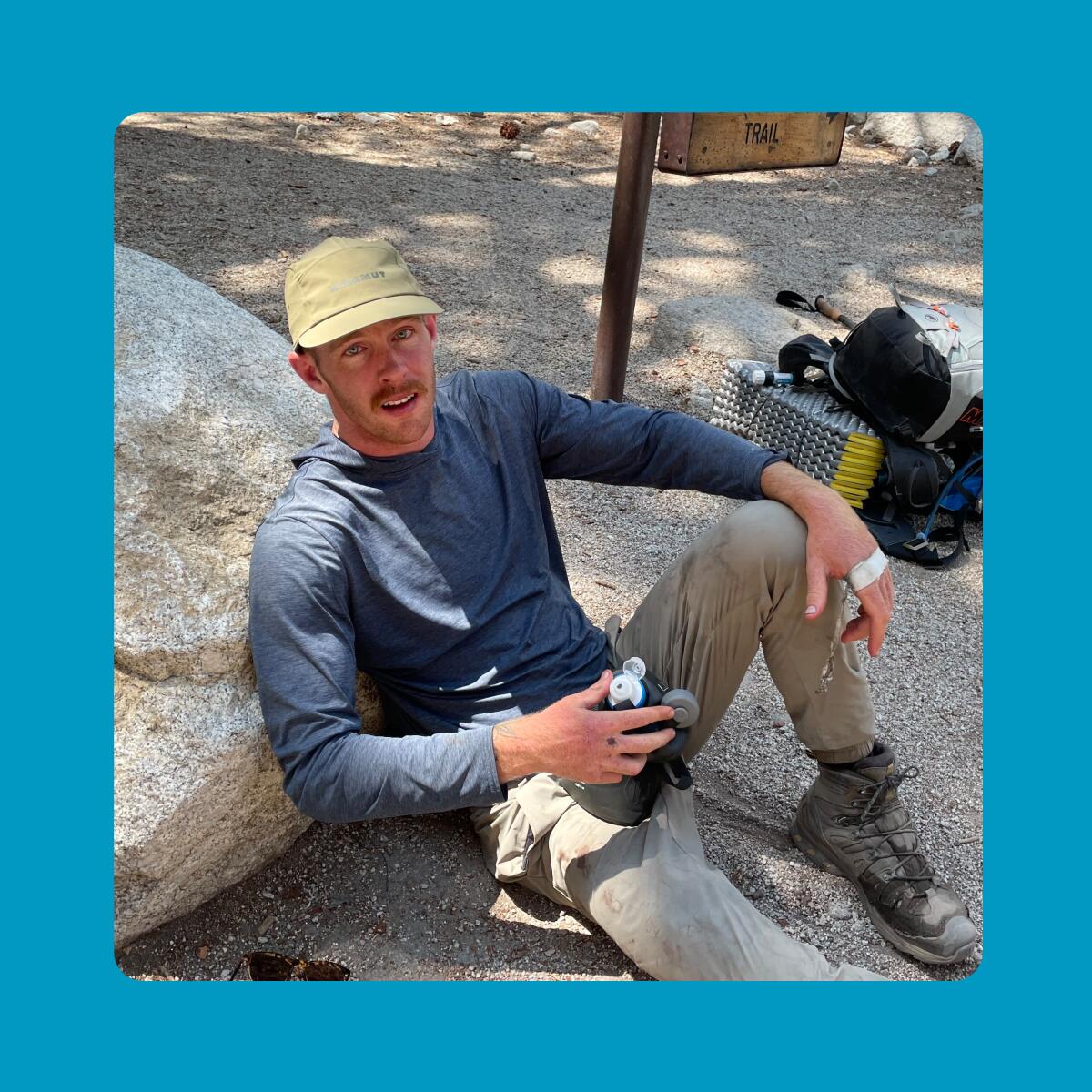
Nothing is easy about hiking Mt. Whitney. I’ve done it more than 20 times. My first thought after the whoop of joy in reaching the 14,505-foot summit west of Lone Pine, Calif., is getting off the mountain. That’s what I was doing in August when I ran into then-25-year-old Jack Ryan Greener.
He stopped to tell me his story; I stopped to listen.
Jack grew up in San Diego and had been obsessed with Whitney since 2018, after being paralyzed from the neck down in a jujitsu accident. When he left the hospital after three weeks, he was unable to do more than wiggle a big toe. He described the mental and physical pain of his recovery, the focus it took (especially when he’s tired) to make his arms and legs work, and what the summit quest meant to him. I stifled a few sobs as we talked on a narrow ledge at 13,500 feet.
He and his friends had started up the mountain at 1:30 a.m. They were on a 40-mile multiday route that would take them up one side of Whitney and down the other. None had ever hiked the trail. It was now 1:30 p.m.
With five miles to go, Jack pounded on. The stabbing, jutting rocks that formed the trail were slower and harder on the downhill. Occasionally, one of his friends grabbed the back of his pants to make sure he didn’t fall.
The complete story of Jack’s injury, his recovery and his remarkable Whitney hike, with photographs and an exclusive L.A. Times video, can be found here. (L.A. Times subscribers get early access to this story. We thank all subscribers for their support.)
5 things to do this week
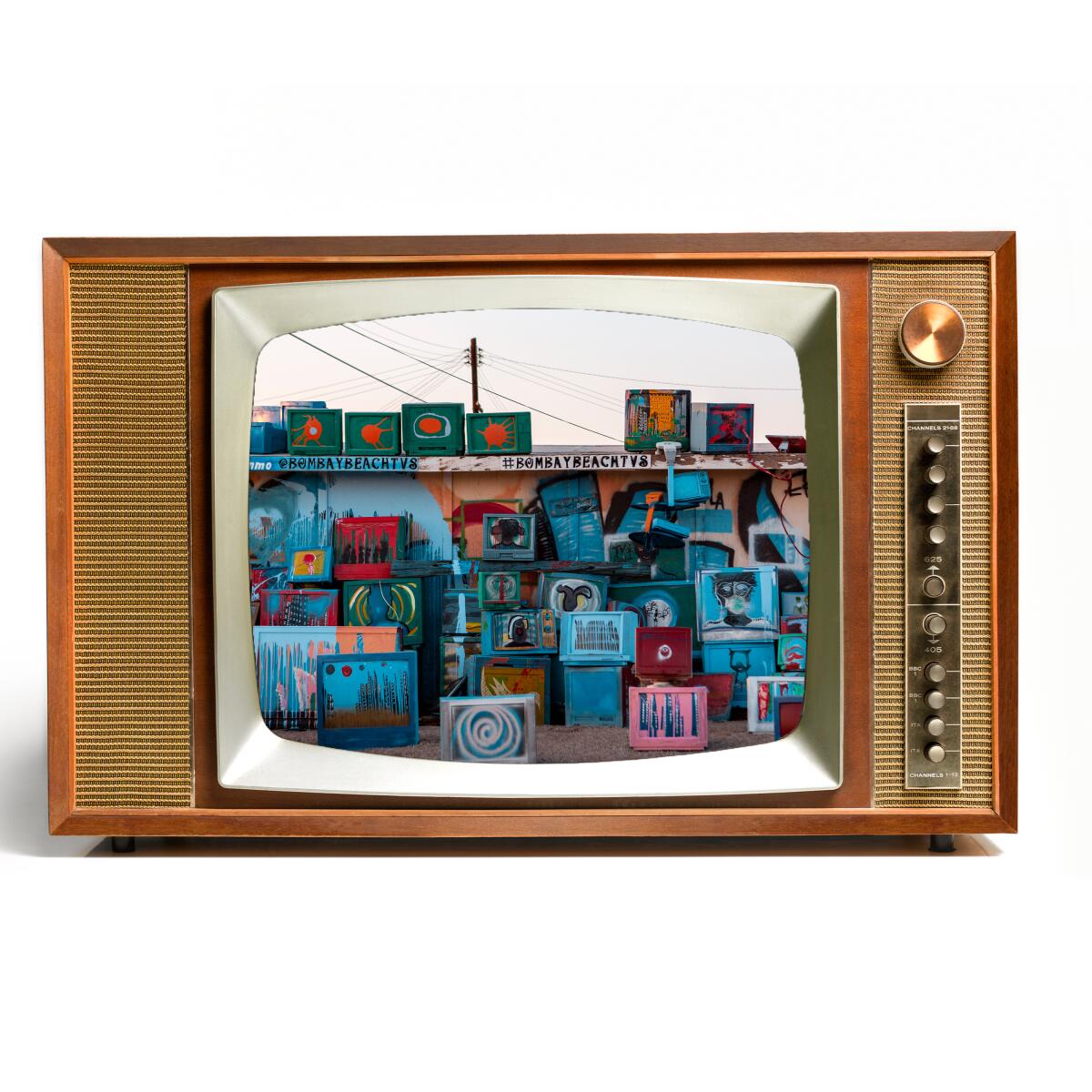
1. Summer is officially over. Here are 40 cool things to do this fall. The seasonal change brings more than pumpkin spice overload. L.A. Times travel writer Christopher Reynolds culled the best and funkiest things to do in California at this time of year, such as visiting Bombay Beach in Imperial County: “Stop worrying about the apocalypse. Instead, spend a sunset here, where the end of the world seems to have arrived already, leaving a ghostly collection of newly minted art, weather-beaten ruins and live-in trailers, tidy and otherwise. It’s Bodie meets Burning Man on the Salton Sea.” Intrigued? You should be. Find out more about Bombay Beach and other must-see destinations in this story.

2. Yep, surfing dogs. Watch them square off in Huntington Beach’s annual surfing tournament. It costs nothing to attend Surf City Surf Dog, the “multi-heat dog surfing competition” at Huntington Dog Beach (near Goldenwest Street and Pacific Coast Highway). Categories for individual dogs include weight-based and shredder, that is, pros that go it alone after being launched by owners. Tandem surf dog participants may be two or more dogs, a dog and a person, or a dog with a person on a stand-up paddleboard. The event takes place from 8 a.m. to 3 p.m. Sept. 25. For more canine events and destinations, check out our list of 22 places to take your pup and 12 of L.A.’s best urban trails for dogs.
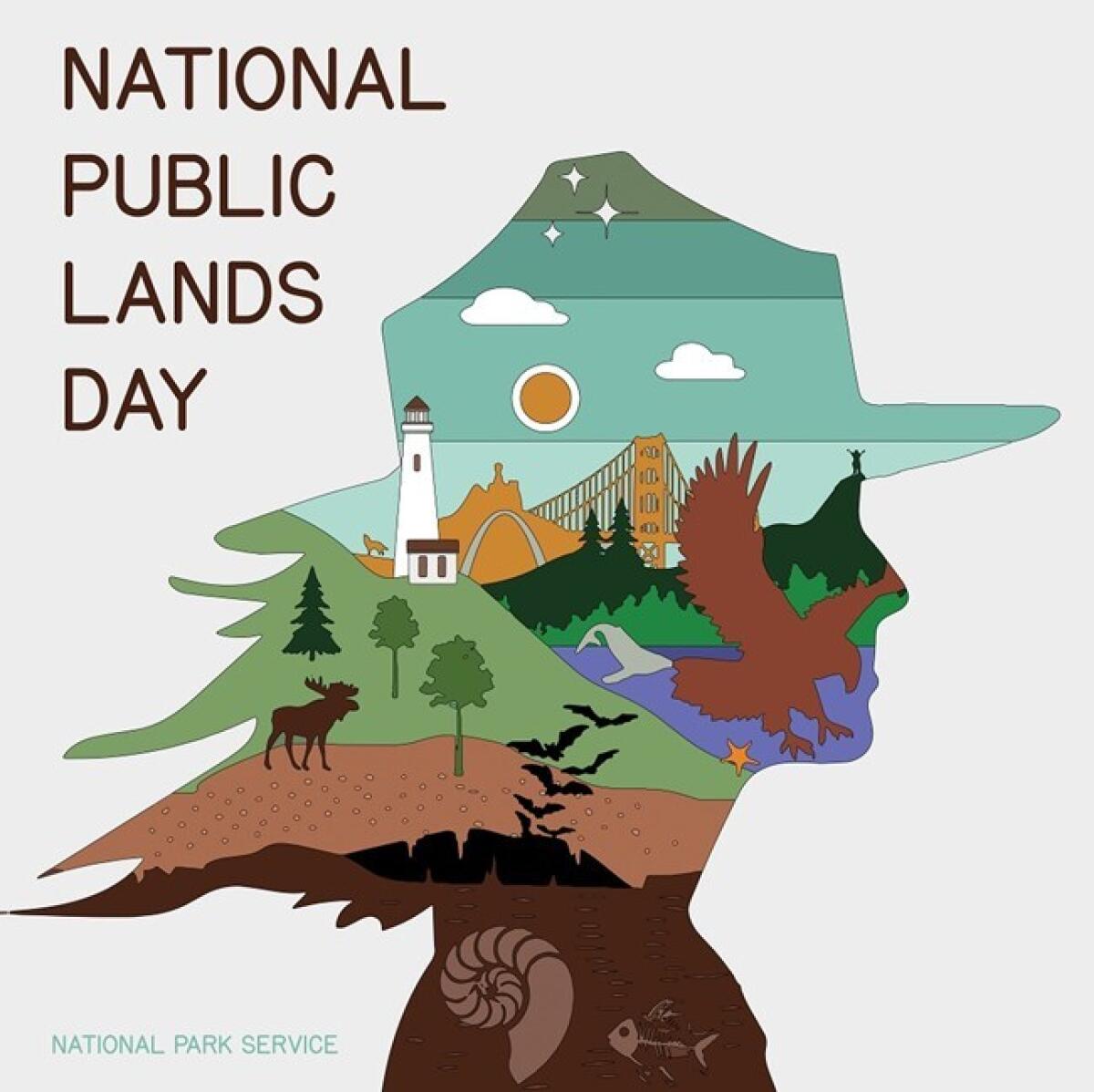
3. Visit national parks and forests for free on National Public Lands Day. National parks, forests and other public lands that charge admission will be fee-free on Sept. 25 to mark National Public Lands Day. The idea is to encourage you to discover your wild backyard — and maybe volunteer. You can skip the entrance fee at big parks such as Joshua Tree (usually $30) and local national forests ($5 for an Adventure Pass). You also may sign up to help, such as restoring Santa Monica Mountains trails damaged in the 2018 Woolsey fire or painting out graffiti at the Sepulveda Dam Basin in Van Nuys. Here are ways to connect with nature on National Public Lands Day.
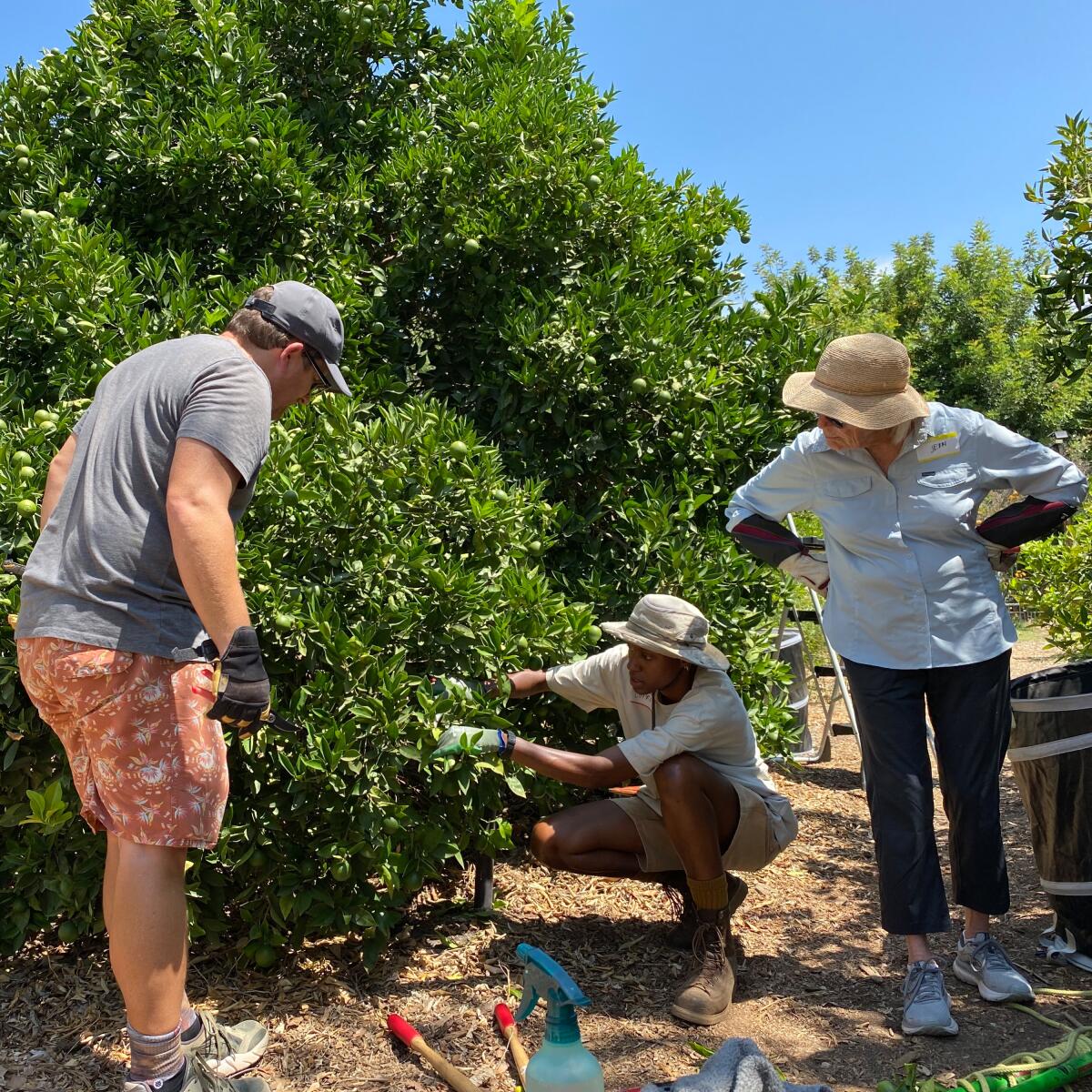
4. Learn the best way to grow citrus trees in your backyard. Get hands-on lessons in backyard citrus orcharding, that is, growing fruit for noncommercial purposes. Fruitstitute’s Citrus 101 lessons include a lecture on seasonal care followed by two to three hours of pruning techniques. The grove at Arlington Garden in Pasadena serves as an outdoor classroom. Cost is $50; 9:30 a.m. to 1:30 p.m. Sept. 26 at the garden (275 Arlington Drive). More info here.
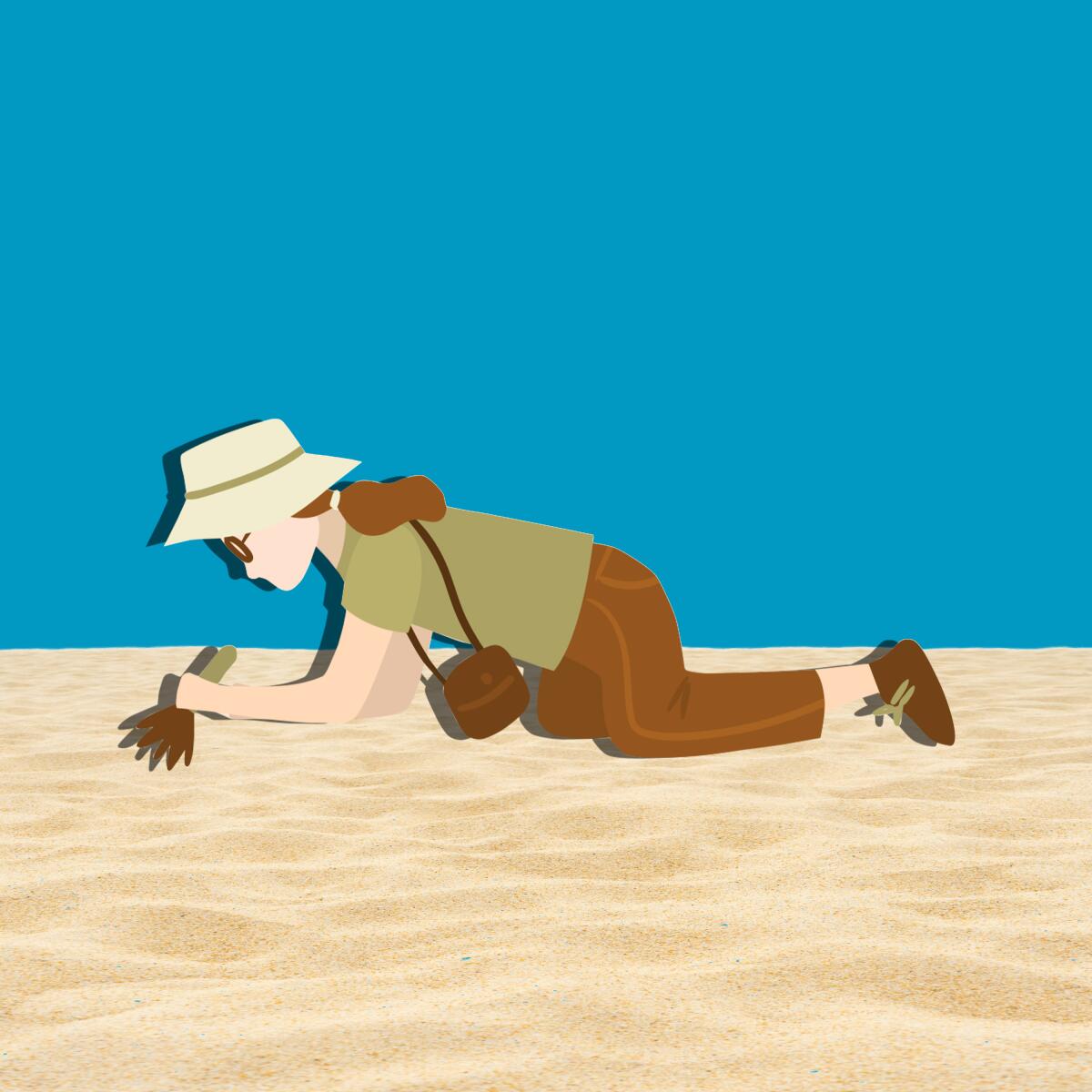
5. Archaeopalooza is coming to Joshua Tree — and it’s free. Ready to return to the Stone Age? Archaeopalooza brings together experts on ancient sites in Africa and Mongolia as well as the California desert. Learn about atlatls (one of the most effective ancient weapons), Cahuilla pottery making, tool making and uses of wild desert plants. African history professor and keynote speaker Brian Fagan of UC Santa Barbara will trace a 2,000-year journey through time from the Indian Ocean and Africa. The event also features games and activities for kids (rangers from Joshua Tree National Park will be on hand) as well as demonstrations of ancient practices. The event takes place from 9 a.m. to 2 p.m. Oct. 2 at Copper Mountain College and is sponsored by the Desert Institute of Joshua Tree National Park Assn. More info here.
The red flag
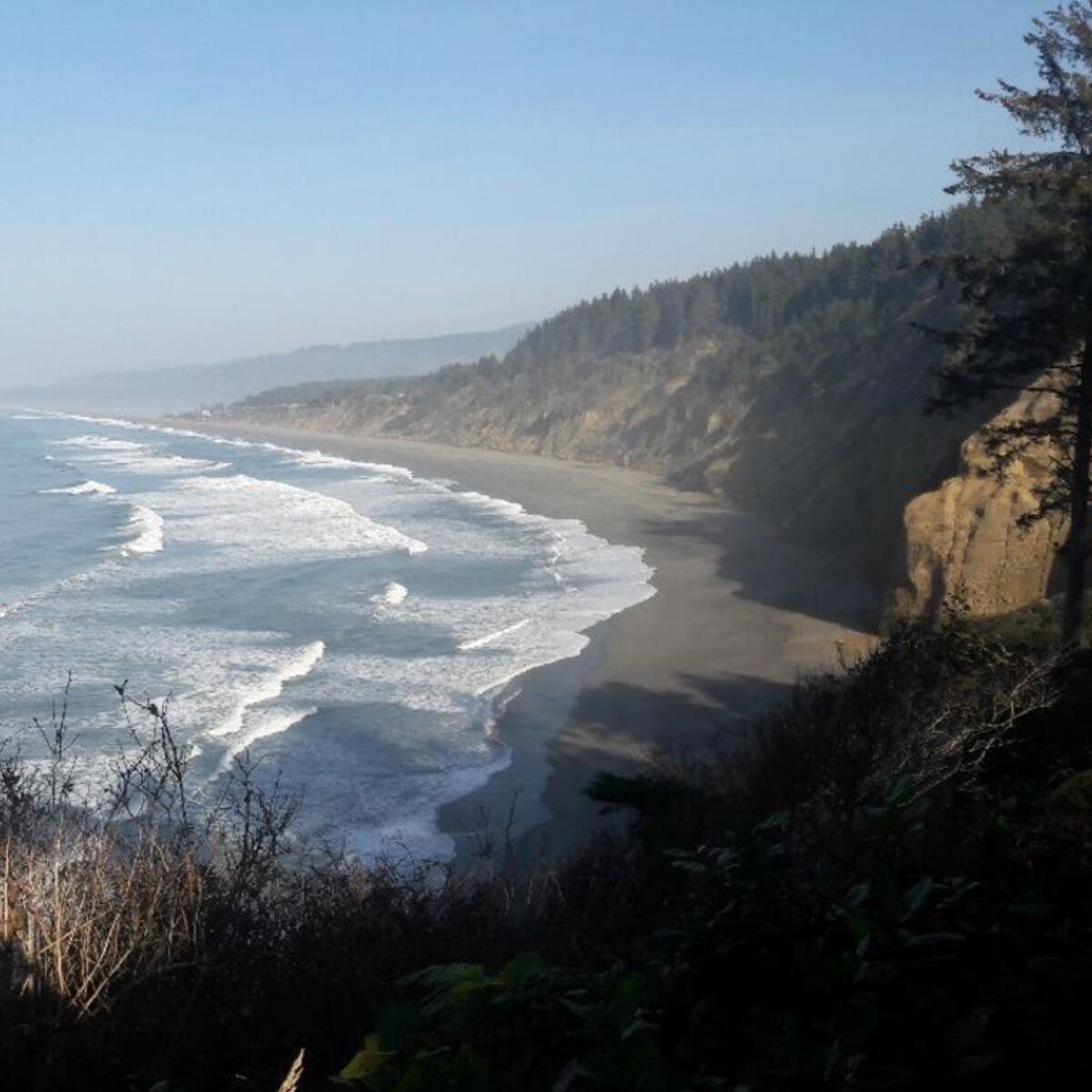
California State Parks is looking to make some overdue changes. Patrick’s Point State Park in Trinidad, Calif., may soon be called Sue-meg State Park, the original place name used by the Yurok people. It turns out that the Patrick for whom the point was named killed numerous Native Americans. The State Park and Recreation Commission will vote on the name change Sept. 30 (you have until Sept. 28 to send written comments about the name change to planning@parks.ca.gov).
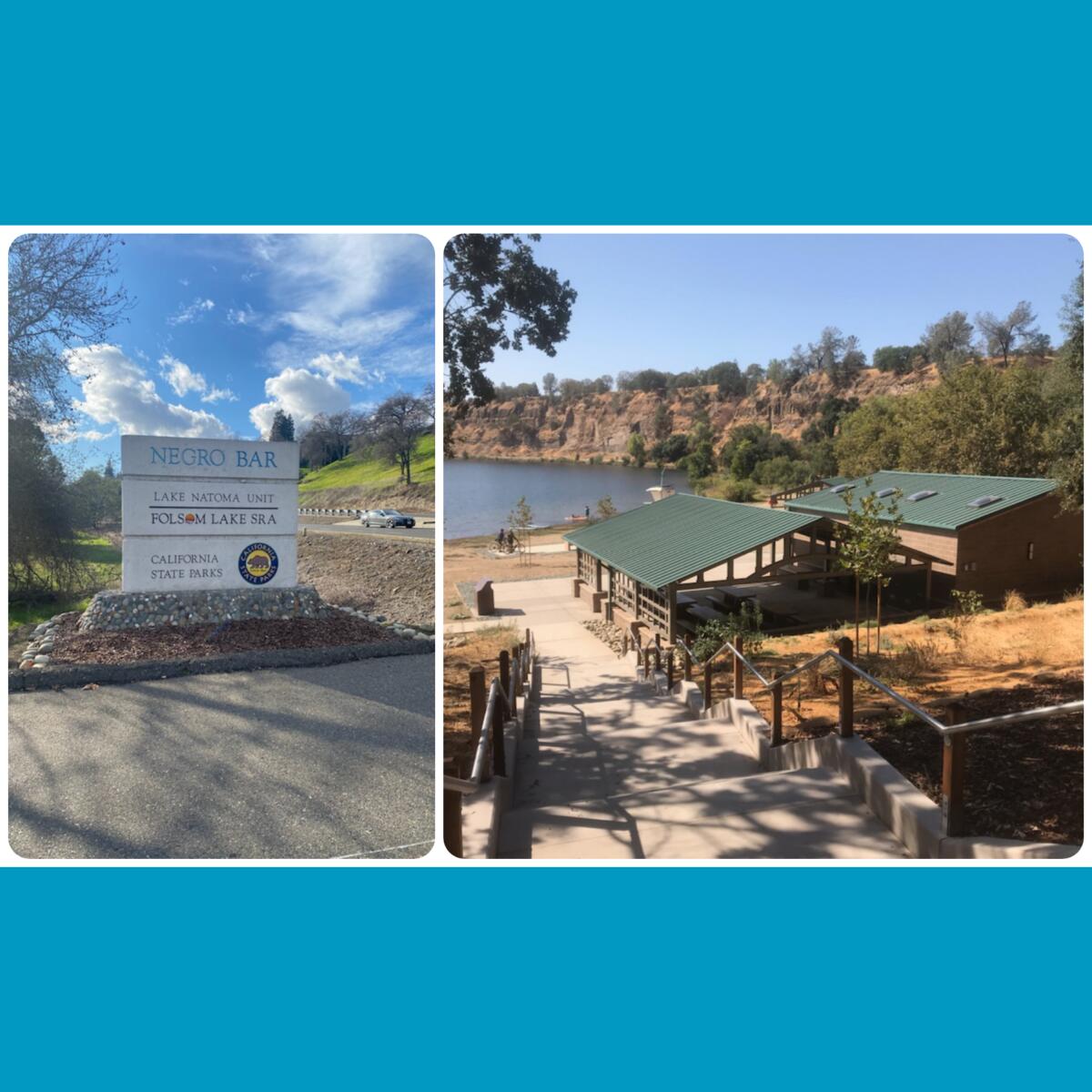
Another park site name being reconsidered: Negro Bar in Folsom Lake State Recreation Area northeast of Sacramento, a gravelly stretch of land where Black settlers in 1850 set up gold-mining camps. The agency is asking people for ideas for a new name for the site that “will honor the contributions of African American miners at this historic site, while still remaining culturally appropriate.” You can send comments to planning@parks.ca.gov.
Then there are the groves in Humboldt Redwoods and Prairie Creek Redwoods state parks in Northern California, named for some of the founders of a preservation group who were leading eugenicists, people who “equated saving the world’s tallest trees with preserving white supremacy,” a state parks release said. Informational panels explaining the history are being put up in both parks. (Rangers explain the issue in this YouTube video.) The Reexamining Our Past Initiative also extends to state parks with missions and forts where history has been largely told from the perspective of white European settlers.
Cool places
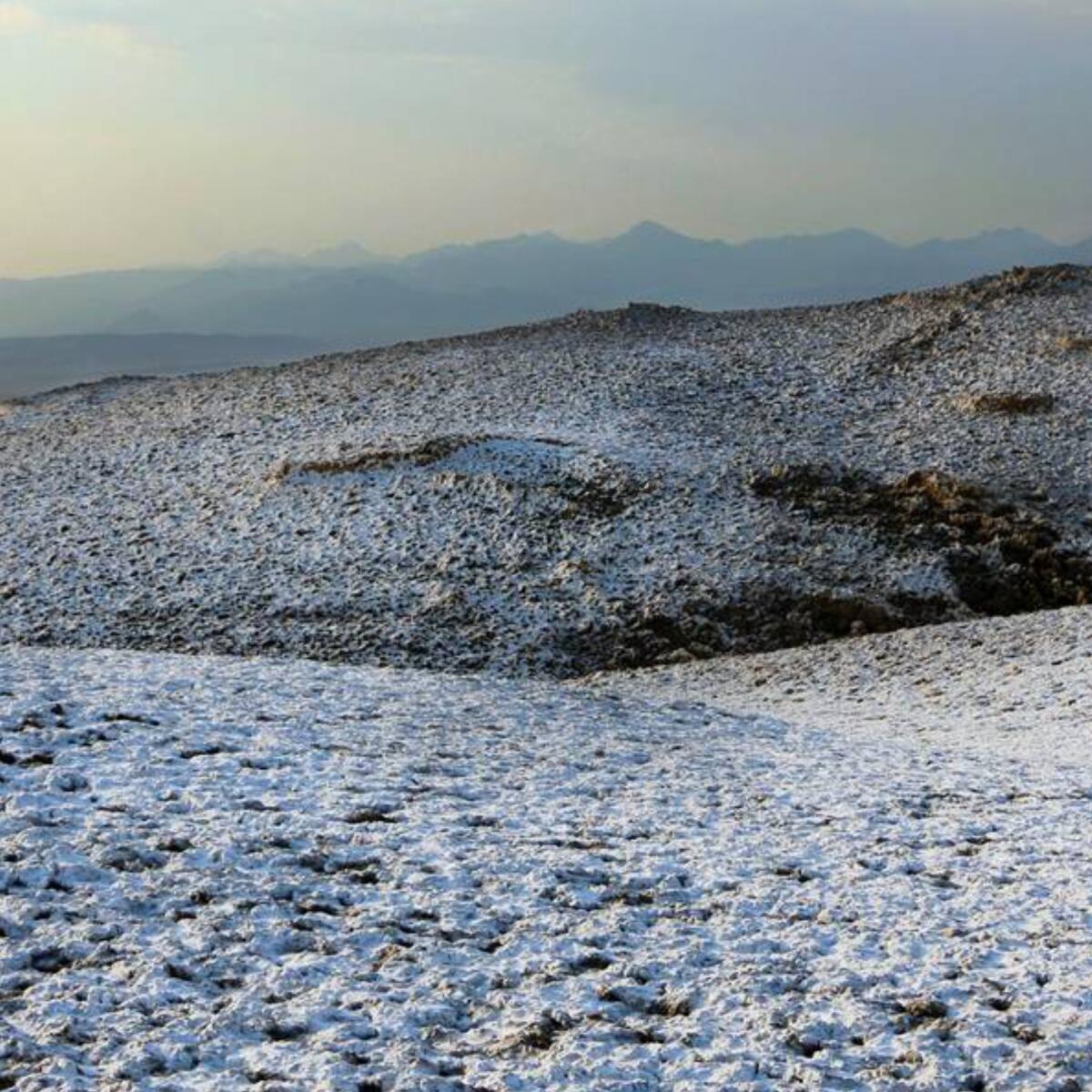
Whoa, is that snow in Death Valley National Park, hottest place on the planet? Of course not. Rangers call the effect “salt flowers,” which happens when water on the desert’s surface evaporates and leaves salt and minerals. Some SoCal deserts have had rain this summer, causing mini superblooms in places (check out photos here). This photo was taken in Death Valley after recent rains in a low, hilly area about a mile north of Furnace Creek. Read the full story here.
The must-read
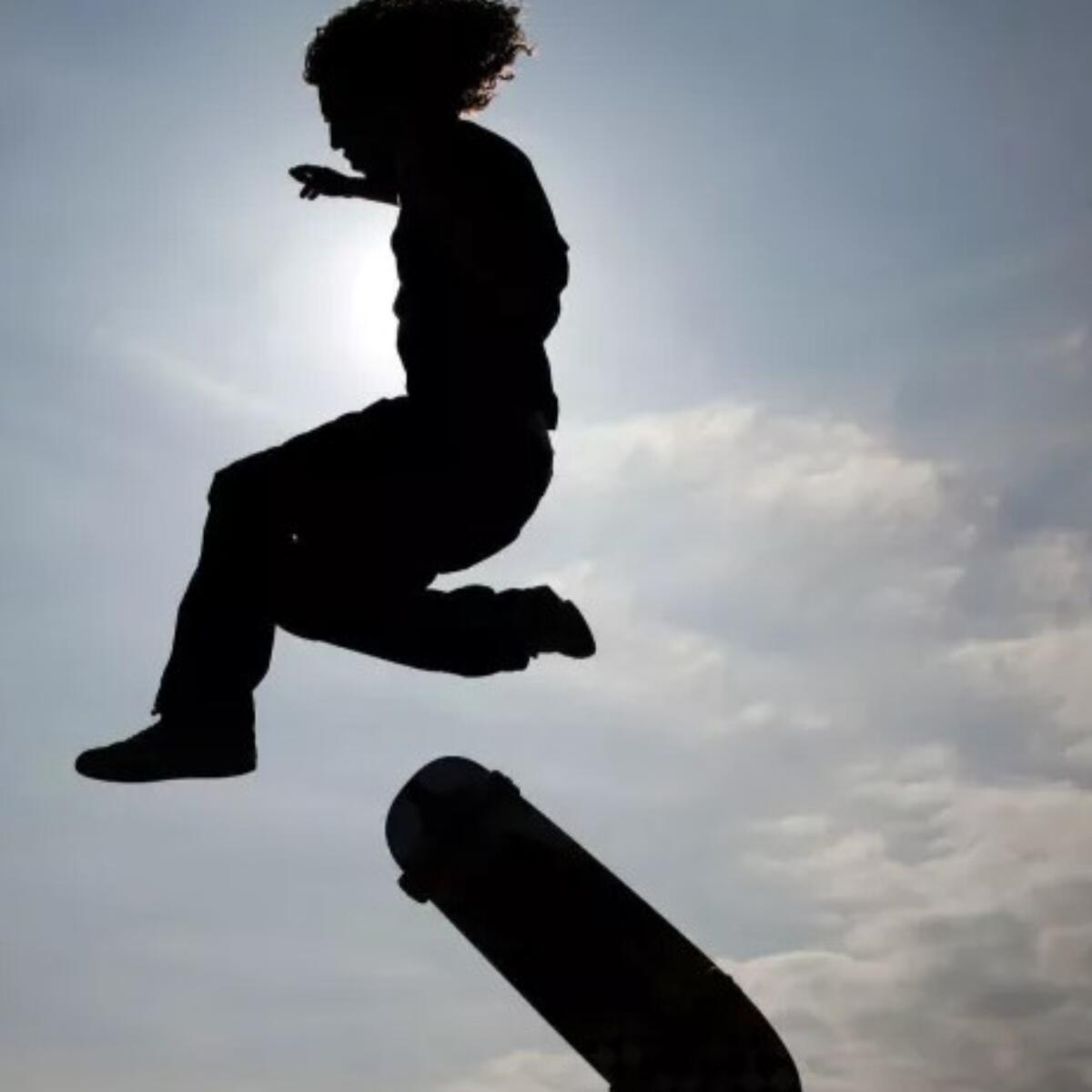
Skateboarding in California isn’t any one thing. Author José Vadi found that “a journey on urethane wheels can be a profound way to consider a city’s architecture,” according to this L.A. Times book review.
Skating crews born during the COVID-19 pandemic shaped a new L.A. skateboarding collective, as this Times photo essay shows. YaYa Chavez, a queer person of color and founder of Boos Cruise, says queer and skate culture have many things in common: “The world we live in rejects [queer people of color]. We are going against the grain just being us, and I think skate culture is about going against the grain. Skate culture is really powerful, but it’s also really white, straight and male.” For those starting out or brushing up on their moves, here’s our guide to L.A.’s best skate parks.
P.S.
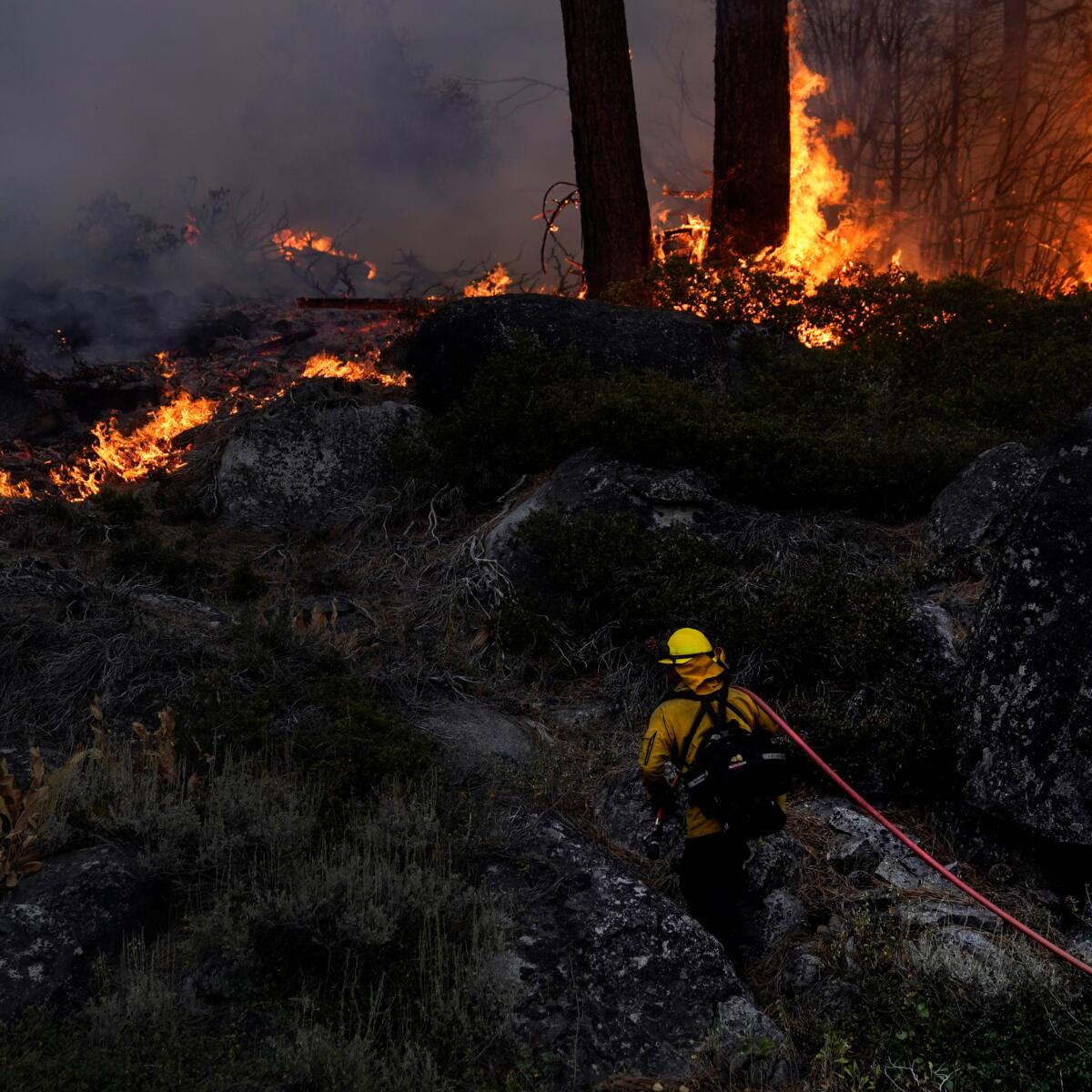
Randy Moore took over the U.S. Forest Service during one of the county’s worst wildfire seasons in history. There had already been about 100 big fires, and the agency’s 27,000 firefighters were stretched thin. “Our forests are really in a state of crisis,” he said in a recent Times interview. “What we’re seeing now should be a call to action.”
Here’s what he said about California’s unprecedented wildfire behaviors:
“We’ll never be able to hire enough firefighters to fight our way out of what’s going on on the landscape. We’re seeing conditions out there that I have not seen in my 40-plus years of working for this agency. Due to climate change, due to extreme drought that’s taken place, the fire intensity is just off the charts.
“We’ve always had pyrocumulus clouds at certain nasty fires, but I’ve seen more of them this year. In some cases, fire retardant hasn’t had much of an effect. It’s burning just that hot and moving quickly. I think you have to balance the conversation a bit by not only talking about the need to suppress these fires; we have to talk fuel treatments. We have to do a lot more forest treatment so we have healthy, resilient forests. That’s our biggest weapon against a lot of the fire activity that’s taken place here.” Read the full interview here.
Send us your thoughts
Share anything that’s on your mind. The Wild is written for you and delivered to your inbox for free. Drop us a line at TheWild@latimes.com.
Click to view the web version of this newsletter and share it with others, and sign up to have it sent weekly to your inbox. I’m Mary Forgione, and I write The Wild. I’ve been exploring trails and open spaces in Southern California for four decades.

Sign up for our L.A. Times Plants newsletter
At the start of each month, get a roundup of upcoming plant-related activities and events in Southern California, along with links to tips and articles you may have missed.
You may occasionally receive promotional content from the Los Angeles Times.




